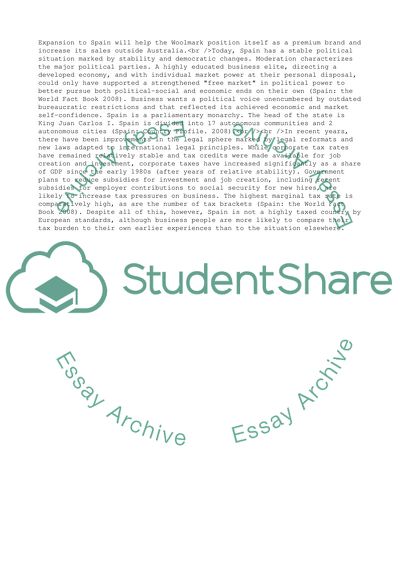Cite this document
(Individual Management of the Woolmark Company Case Study, n.d.)
Individual Management of the Woolmark Company Case Study. https://studentshare.org/management/1715814-menagement-individual-assinment
Individual Management of the Woolmark Company Case Study. https://studentshare.org/management/1715814-menagement-individual-assinment
(Individual Management of the Woolmark Company Case Study)
Individual Management of the Woolmark Company Case Study. https://studentshare.org/management/1715814-menagement-individual-assinment.
Individual Management of the Woolmark Company Case Study. https://studentshare.org/management/1715814-menagement-individual-assinment.
“Individual Management of the Woolmark Company Case Study”. https://studentshare.org/management/1715814-menagement-individual-assinment.


